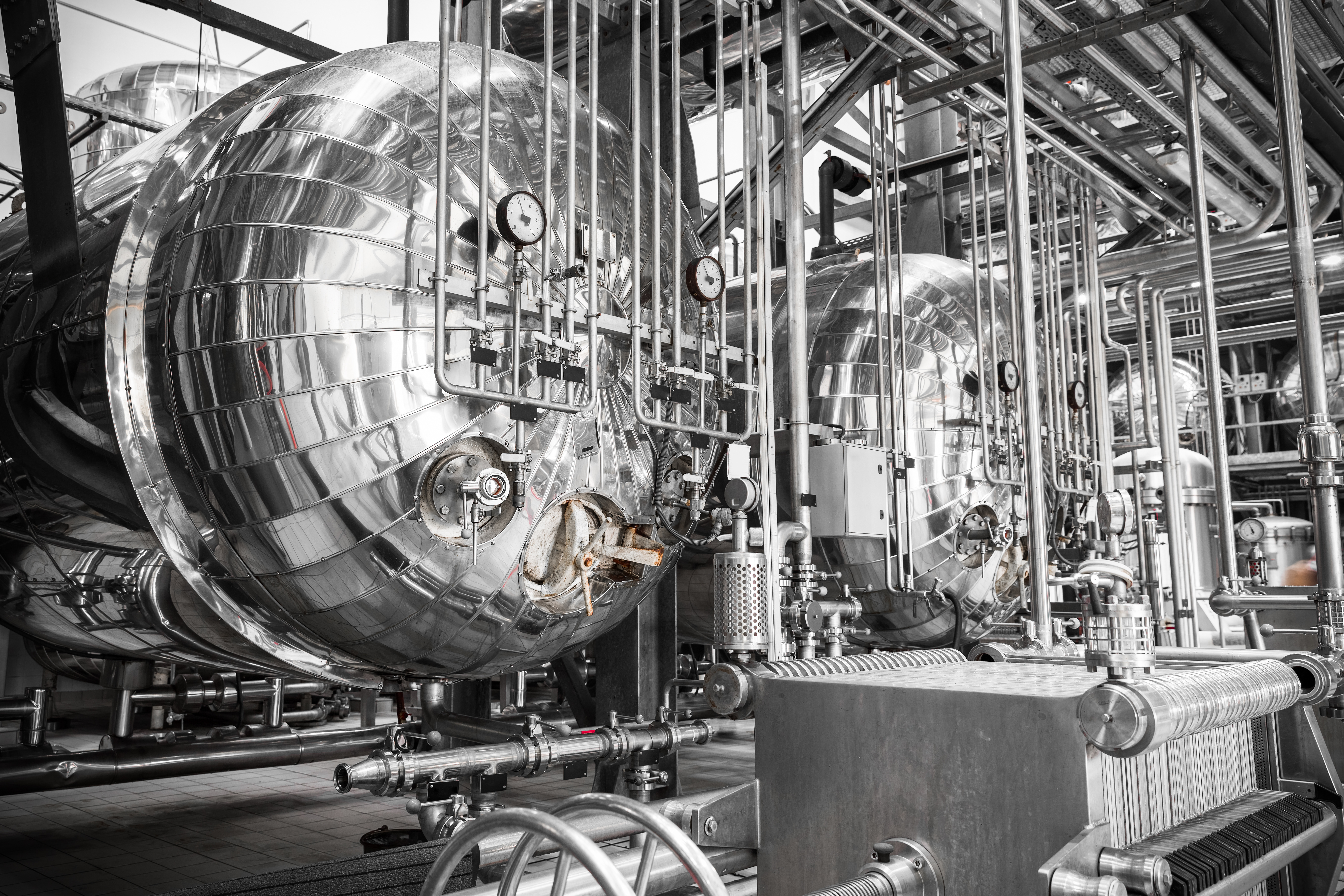
There are many types of accelerated life testing procedures available today. These are accelerated stress tests and are very effective in producing products that need to be perfectly calibrated so they would give the right measurements and would be dependable in any situation.
Accelerated Stress Tests
These tests include Highly Accelerated Stress Screening (HASS), Highly Accelerated Stress Testing (HAST), and Highly Accelerated Life Testing (HALT). The timescales are shortened in all these stress tests, as they apply higher stresses than what would exist under normal functional conditions. This ensures that the defects present in the merchandise would be corrected or that the device is not defective under normal operating conditions.
Aim of These Tests
HALT programs are structured to find the faults in the product design and the aspects of the product that will fail due to the faulty design. These tests qualify products whether they meet design requirements and if the materials and process have an internal flaw that needs to be corrected.
The results can thus lead to re-designing the products so that their defects are eliminated during their normal use. The chief elements that are used for this test include vibration and temperature. The other elements include burn-in, thermal cycling, excess voltage, humidity, and any other element that are most likely to occur during the usage.
HAST programs are structured for a different purpose. This test is designed to detect any faults in the product, which is latent. This fault could have arisen in the process of the production. The process might require a change if any such faults are detected.
Developing appropriate accelerated stress test programs ensures that the final product that is manufactured has near-zero defects and performs optimally in the field, whatever the situation.








